April 6, 2022
Springtime is around the corner—we promise! If you’re a homeowner, it’s time to start thinking about spring residential tree care.
Even if you’re not convinced about the turning of the seasons (prudent, as we live in Alberta), we still recommend you begin to plan your spring cleaning, indoors and out.
To welcome your trees out of hibernation, we’ve compiled a spring residential tree care checklist for you.
Sit back, think warm thoughts, and start learning about what you need to do to keep your trees healthy. We’ll start with the reasons why spring tree care is so important.
The importance of spring residential tree care
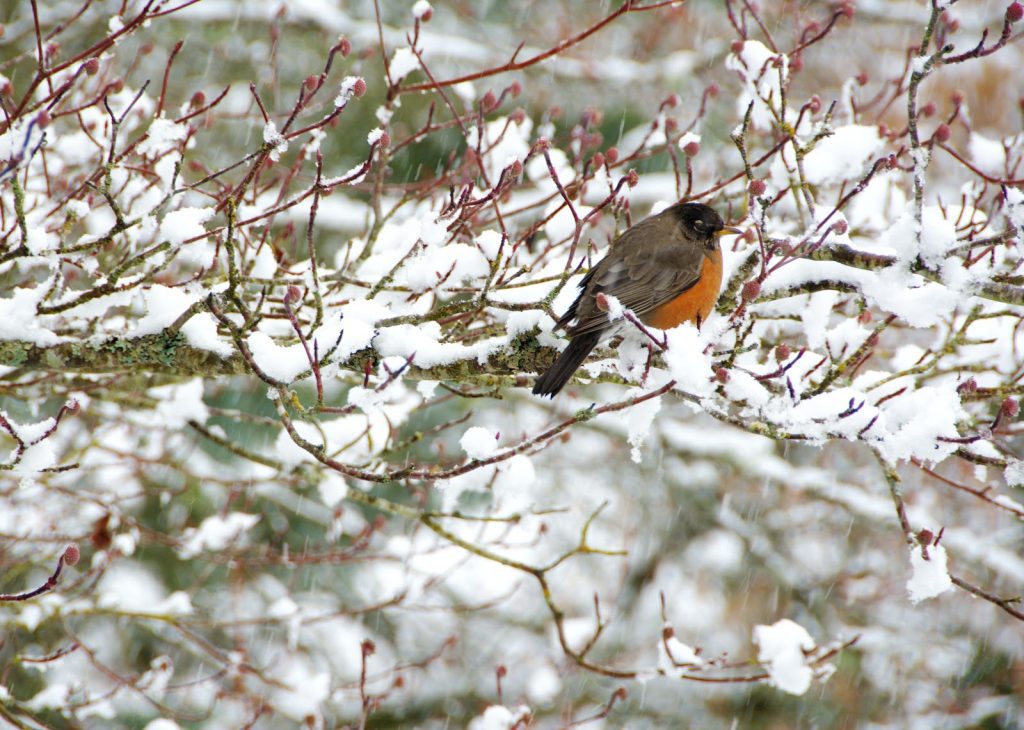
Why bother with springtime tree care? Can’t dormant trees figure out what to do on their own?
The answer to the second question is yes, to a point. True, trees have their own internal clocks to nudge them out of their winter slumber. With Alberta’s changing climate, winter storms, and adverse weather events, however, trees need our help to stay healthy and happy for longer.
Here’s why:
Why you should invest in springtime tree care

Here are the main reasons you should invest in spring residential tree care:
- Improved health: The health of trees is improved when we prune off dead, dying, and diseased branches and stems
- Increased safety: Trimming unwanted branches not only improves the health of your trees but also eliminates the risk of them breaking off and injuring someone. A regular tree care routine protects your property, your vehicles, and, most importantly, you and your family.
- Better looks: Like a good haircut, spring tree care helps improve the overall appearance of the trees.
- Increased property value: No one likes the look of a sad, neglected tree. Make your property appear more attractive and well-cared for by staying on top of tree maintenance
- More nutrients: A well-maintained tree is a healthy tree because you’ve ensured the tree can get the nutrients it needs from the sun and soil to stay strong and healthy.
We’ve covered the benefits of residential tree care. Now let’s go over the phases of springtime care.
The phases of residential tree spring care

There are three phases to spring tree maintenance: early, middle, and end—not very creative, but memorable! This is good news: the phases allow you to divide up the work instead of having to do it all at once.
Here’s what to do in each phase:
- Early spring care:
- Inspect and examine your trees.
- Prune and trim any unsafe branches before spring growth.
- Middle spring care (almost known as before-bloom care):
- Spruce up your yard and clean tree bases
- Test soil and apply a slow-release fertilizer.
- Late spring care:
- Add mulch.
- Plant zone-friendly new trees as-needed.
Next, we’ll go into more detail on each of the phases. To help, we’ve compiled a checklist of 8 easy spring residential tree care steps. We’ll start with a tree inspection.
1. Inspect your trees in the spring
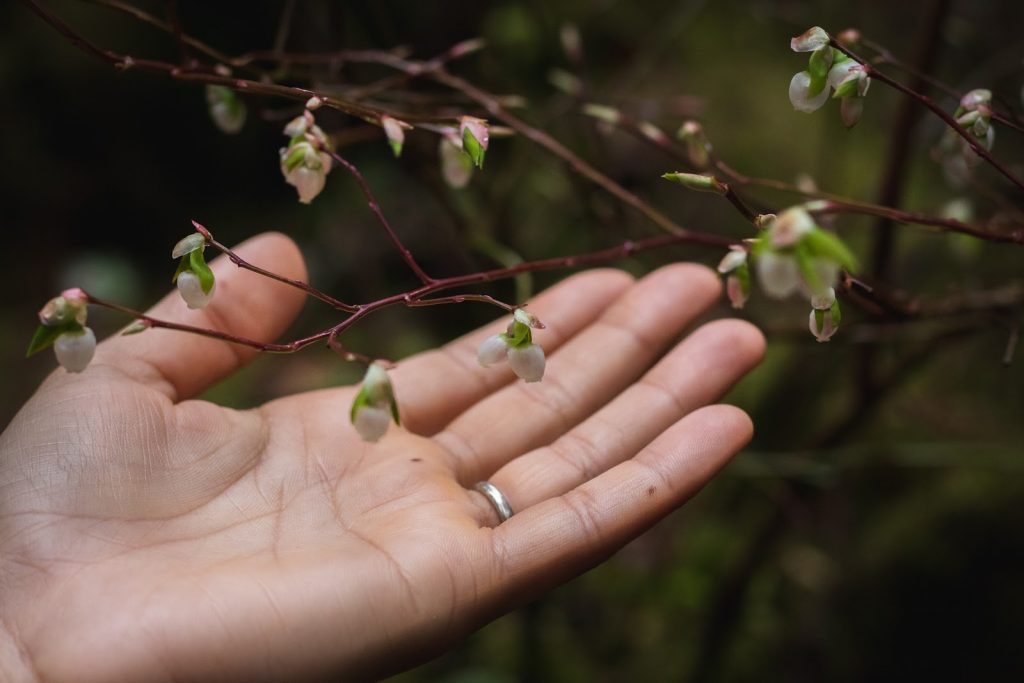
The first step to take with your residential trees once you’ve realized spring has arrived is to inspect and examine them.
Winter weather can wreak havoc on coniferous and deciduous trees. It’s best to start by assessing them for disease or damage.
We recommend you do two tree inspections: one before buds appear and one once leaves start to grow. You may notice colour changes over time then which could indicate an issue. Or, there may be water pooling at the base of your trees later in the spring that will need addressing.
Why do a spring tree inspection?

Spring is the perfect time to get a tree inspection done. The branches are bare and the leaves haven’t grown yet. This gives you the chance to get a better look at whether there’s a problem.
The earlier you address the damage, the better the odds that you can salvage the tree.
When to book an inspection with an arborist
If you notice any of the following, it’s best to book an assessment with a professional arborist to get a professional opinion:
- A split trunk,
- Broken branches,
- Discolouration, or
- Any other concerning injury.
Depending on the type and extent of the damage, some plants can be saved—but don’t try to do the saving yourself! Your tree first aid could cause additional damage that makes salvaging the tree impossible.
2. Prune and trim your trees in the spring
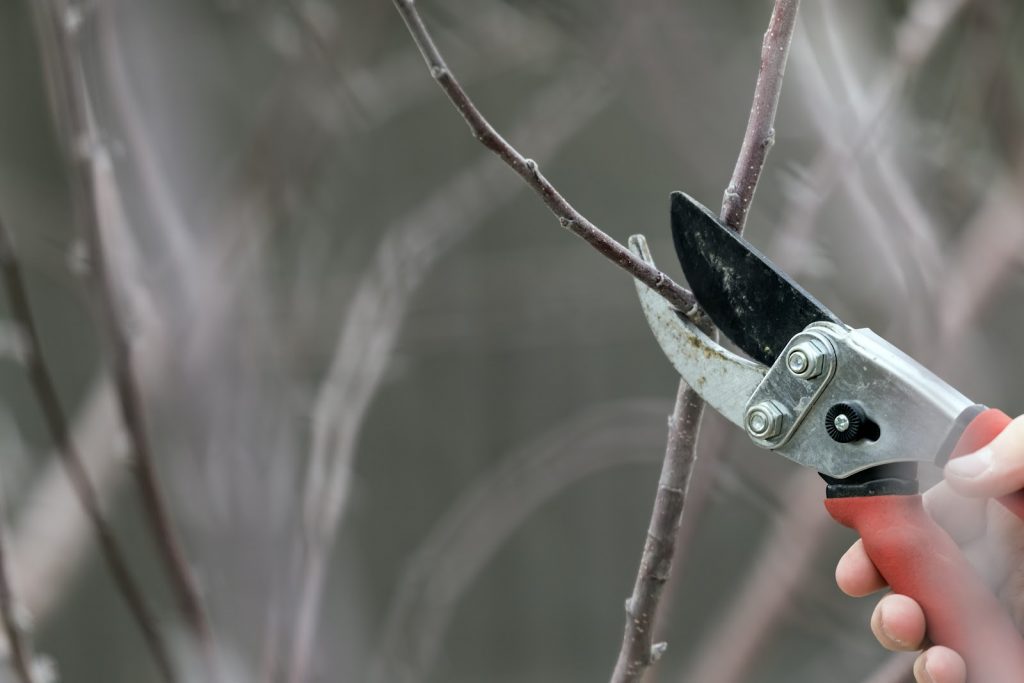
After the inspection, the next step on your spring residential tree care checklist is pruning.
Early spring is the ideal time to prune and trim branches and stems because both plants and pests are still dormant. The lack of foliage will also make it easier for you to see what you’re doing.
Why prune trees in the spring?
Spring tree pruning:
- Promotes new growth,
- Improve branch spacing and promote a strong tree structure,
- Prevents the spread of pest infestations and diseases, and
- Keeps your trees looking beautiful which helps with curb appeal and property resale value.
When done right, springtime pruning can have a positive impact on the health of your plants.
When to prune and trim residential trees in the spring
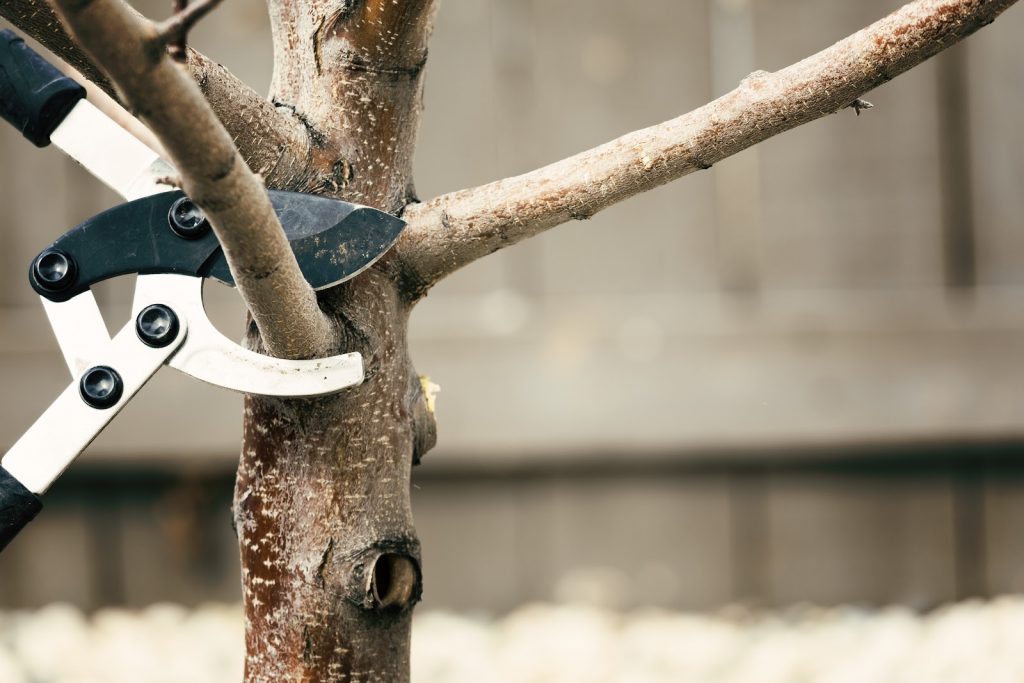
Prune and trim dead, dying, or diseases parts before the weather warms up. This will reduce the risk of damaged stems breaking off and causing damage and can prevent an infestation from spreading.
When to call an arborist
Light, small, and easily-accessible branches can be pruned by a homeowner.
For larger branches and for those areas that are high up and difficult to reach, it’s best to call a professional. A certified arborist has the right tools, knowledge, and experience to do the job properly and accurately.
3. Tidy up your trees in the springtime

Debris around the base of a tree may seem innocuous and may have been put there to keep the root ball insulated over the winter, but in the springtime that litter needs to go.
Dead leaves and twigs at the base of a trunk can attract insects that can later infect the plant. Debris also blocks sunlight from penetrating the soil.
Overall, a good spring cleaning will prepare your trees for a healthy start to their new growing season.
How to clean up your residential trees in the spring

Here’s a quick checklist for cleaning up your trees in the springtime:
- Clean the base of plants by rake up any leaves, branches, and general waste that may accumulated there over the wintertime,
- Remove burlap and other winter coverings from trees,
- Remove decorations you may have left up from the holidays as these can interfere with the growth of your tree,
- Stake your trees if they’ll be exposed to wind, if the soil is shallow, or if they appear to be at risk of falling over in a storm.
Spring yard cleanup
Go one step further and do a full garden cleanup in the spring to promote healthy tree growth.
As with cleaning tree bases, cleaning your property of fallen branches, leaves, and other types of waste gives sunlight a greater chance of penetrating the soil and positively affecting root growth.
4. Test the Soil
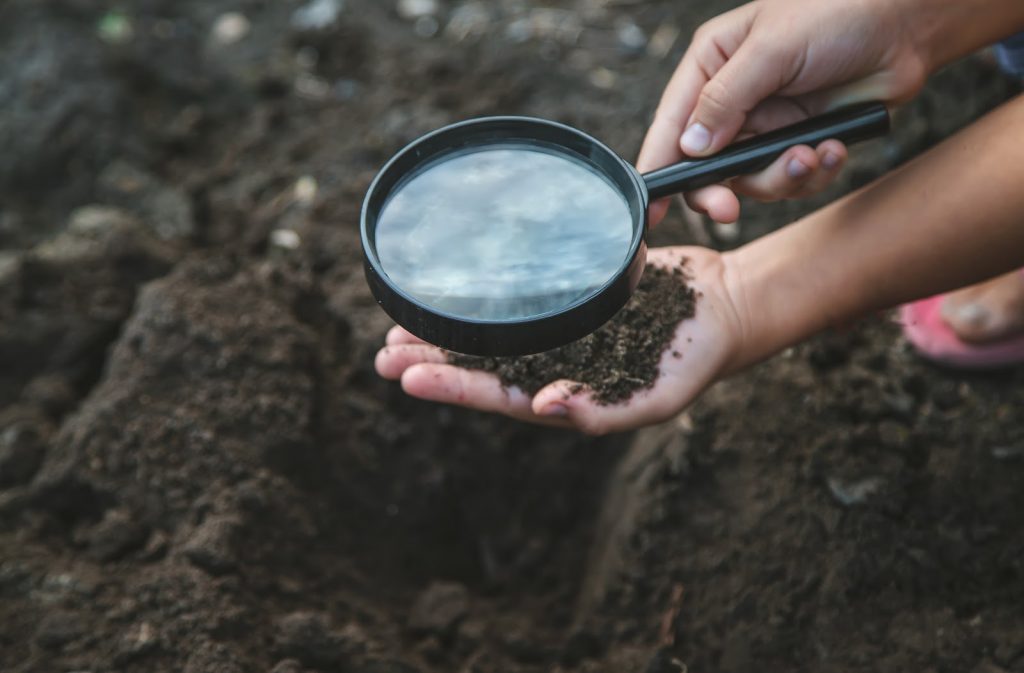
Winter strips the soil of the vital nutrients needed by plants and trees to thrive.
In the spring, have your soil tested to measure its pH levels to assess the quality of your soil and to promote proper regrowth of your trees.
5. Fertilize your trees in the springtime
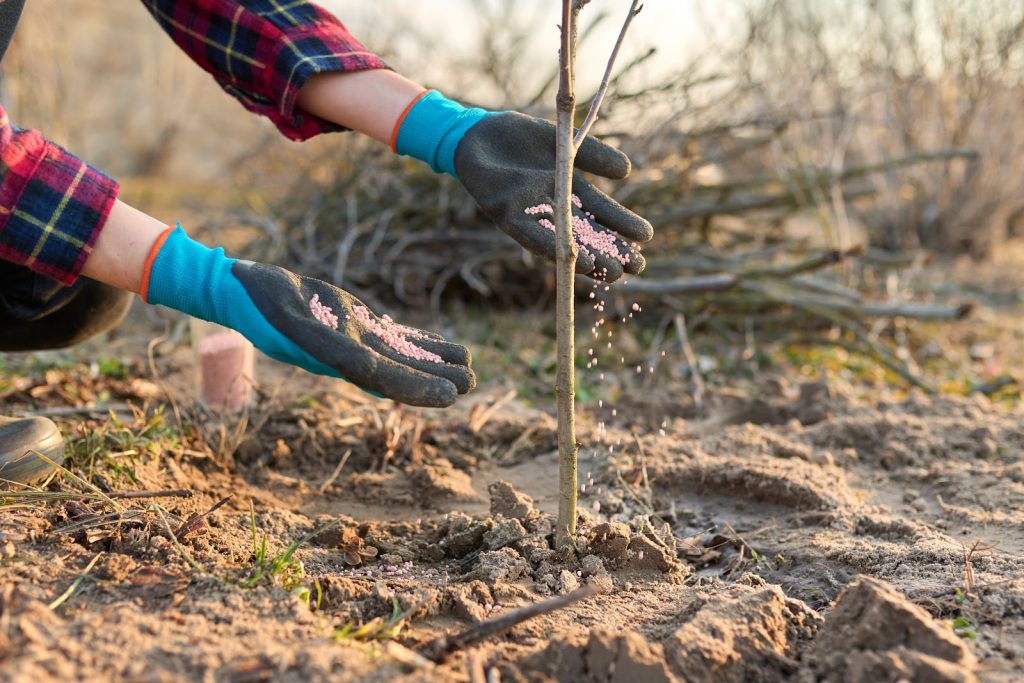
Once you’ve had your soil pH tested, it’s time to replace lost nutrients.
Apply a slow-release fertilizer in the spring to feed your residential tree, help defend against pests, and prevent disease. Additionally, fertilizer will promote regrowth and can help a tree recover from winter damage.
How to feed your trees in the spring
- Spread a moderate amount of fertilizer on the ground around the entire root zone of the tree and then water generously.
- Be careful not to use too much fertilizer. Read and follow instructions carefully.
- Combine fertilizer and mulch together (we’ll cover mulching next).
- Avoid applying fertilizer, except for bone meal or high phosphorus fertilizer, in the first year after planting. A higher nitrogen fertilizer can be applied later on for greening and top growth.
6. Mulch your residential trees in the spring
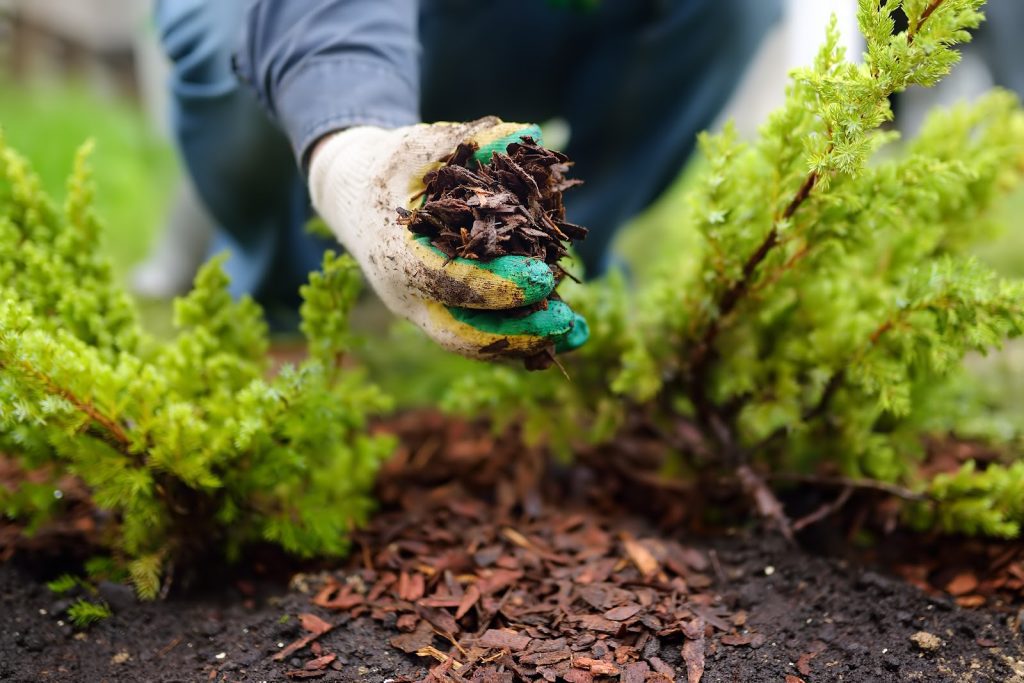
Along with fertilizer, it’s important to apply mulch to your residential trees in the spring. It’s especially important for young and newly-planted trees which are more vulnerable to dry soil.
Tree mulching in the spring offers many benefits to plants:
- Improved soil quality,
- Prevents weed growth,
- Keeps the soil moist,
- Provides moisture to plants,
- Protects the soil from extreme heat and cold,
- Helps retain applied fertilizer, and
- Prevents damage to trees by lawnmowers and the like.
How much mulch should you apply in the springtime
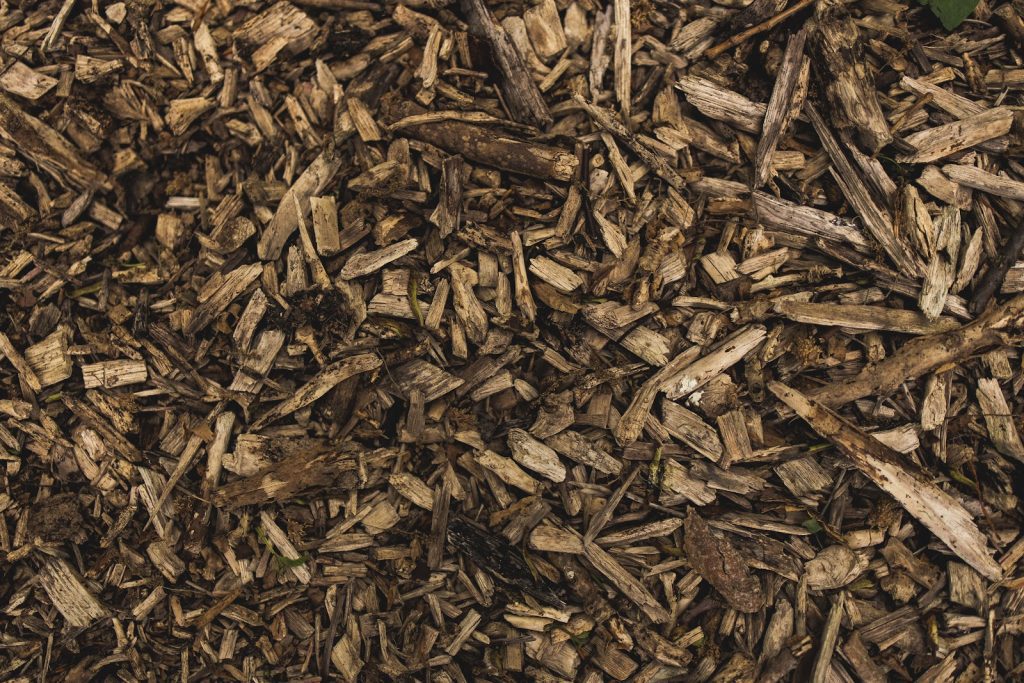
It’s important to apply a thick layer of mulch around the root area of your residential trees before the weather warms up.
Here’s how to add mulch as part of your spring residential trees care regime:
- Protect the ground around the root area of a tree with mulch.
- Cover with 2-4 inches, ~7-10 cm, deep of mulch.
- Keep mulch 2-3 inches away from the base of the tree to prevent fungus growth.
- Be sure to leave space near the trunk to prevent fungus growth. Mulch is particularly beneficial to saplings and young trees as it helps retain soil moisture, regulate soil temperature and control weed growth. This groundcover can also serve as a barrier to protect the trunk from your lawnmower.
7. Water your trees in the spring
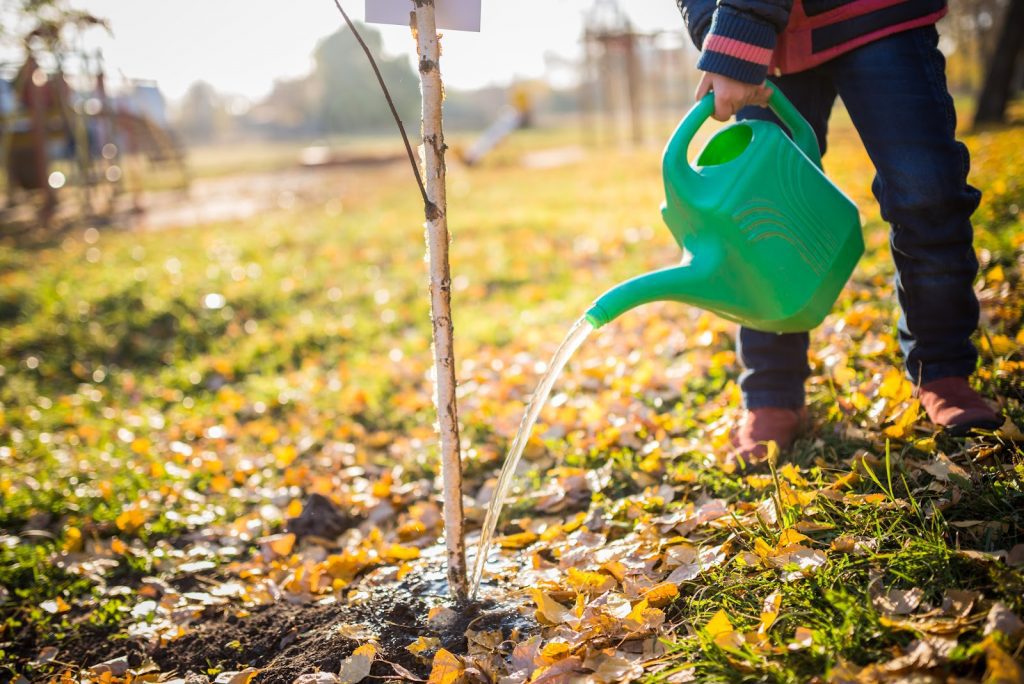
Along with fertilizing and mulching, it’s important to water your plants in the spring to replenish lost moisture from the winter.
The way to do it is simple: after tree cleanup, festilizing, and mulching, water your trees slowly and deeply once a week in the spring, more often for young or newly planted trees.
You may need to water more often if conditions are dryer or warmer. Check soil every couple of days to keep tabs on soil moisture and adjust your watering schedule accordingly.
8. Spring residential tree planting
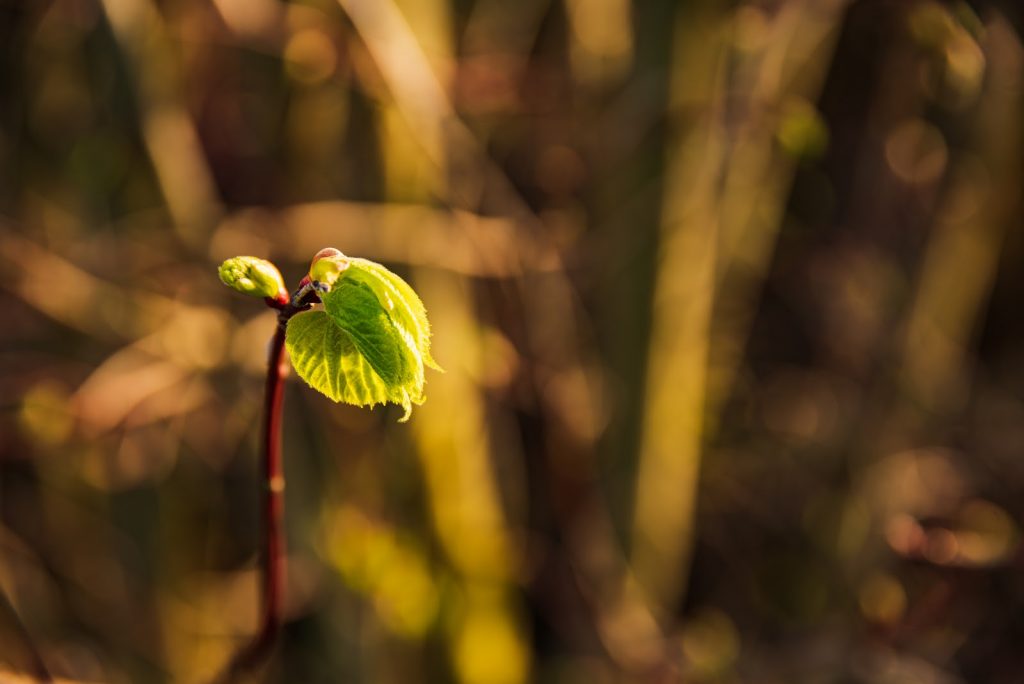
Our final step in our spring residential tree care checklist is an optional one, but one that can do wonders for beautifying your property.
Spring tree planting is ideal because it gives the new plants the longest growing season possible to lay down roots and get established.
Here are 6 reasons to plant new trees in the springtime:
- To provide shade during the hotter months
- To insulate and offer energy savings in the wintertime
- To beautify your property and increase resale value
- To prevent soil erosion
- To add privacy
- To replace dead of dying plants
When to plant a tree in the springtime
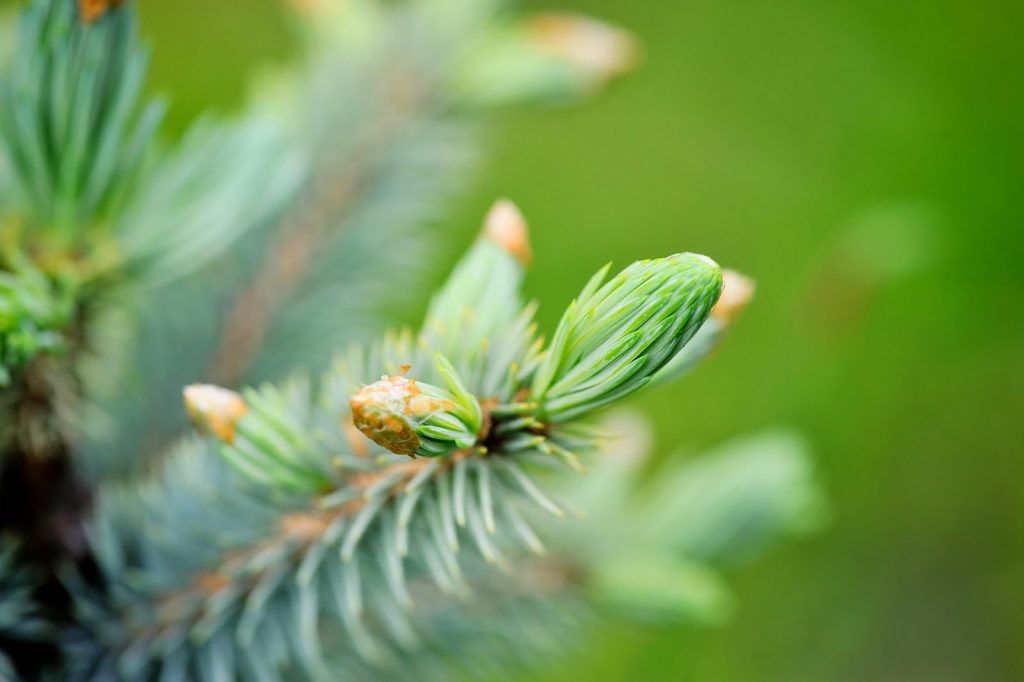
There are slight differences between when to plant deciduous trees versus conifers as the weather warms up.
Here’s a quick summary of the differences:
- Deciduous trees: Plant them as soon as the frost is out of the ground, or in the fall, from when the leaves fall to when the ground freezes.
- Coniferous trees: Plant them early in the spring until 4 weeks after leaves have opened on deciduous trees, or in the fall, from August to October.
Spring tree-planting steps
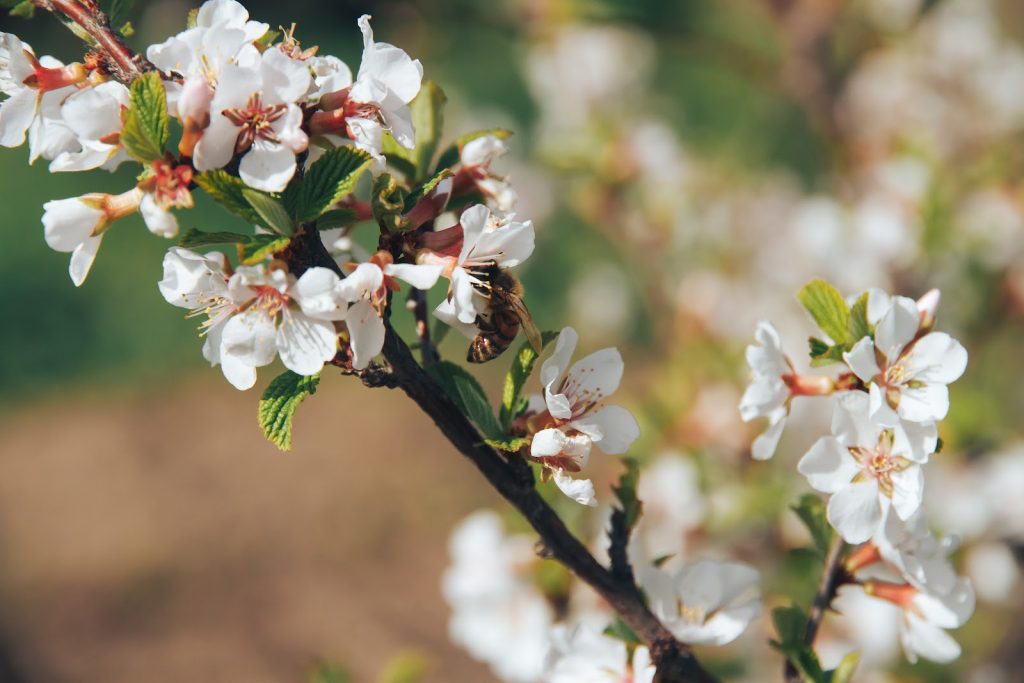
Next, we share a simple tree planting guide to help you get started with your spring planting:
- Plant new trees once the weather warms up. In Alberta, it’s best to wait until after the May long weekend, or once frost is no longer a risk.
- Minimize stress to new trees. Protect them during transport and plant them as soon you get them home. If you can’t plant them right away, keep trees in a spot where the soil and roots can stay cool and moist.
- Pre-dig a hole 2-3 times the width and the same height as the root ball. When you position your new tree, the spot where the trunk meets the roots should be flush with the top of the hole.
- Plant your tree with care. Be gentle with the root ball when you remove it from its container. Make sure the trunk is vertical before you backfill the hole with soil.
- Gently pack the hole two-thirds with soil, then add water. Let the water drain and the soil to settle then add more soil. Finish by making a ridge of soil around the root ball.
- Mulch around the new saplings to maintain moist soil.
- Add fertilizer as you did for the rest of your garden, but make sure it’s the right type for newly-planted trees.
When to call an arborist to plant a tree
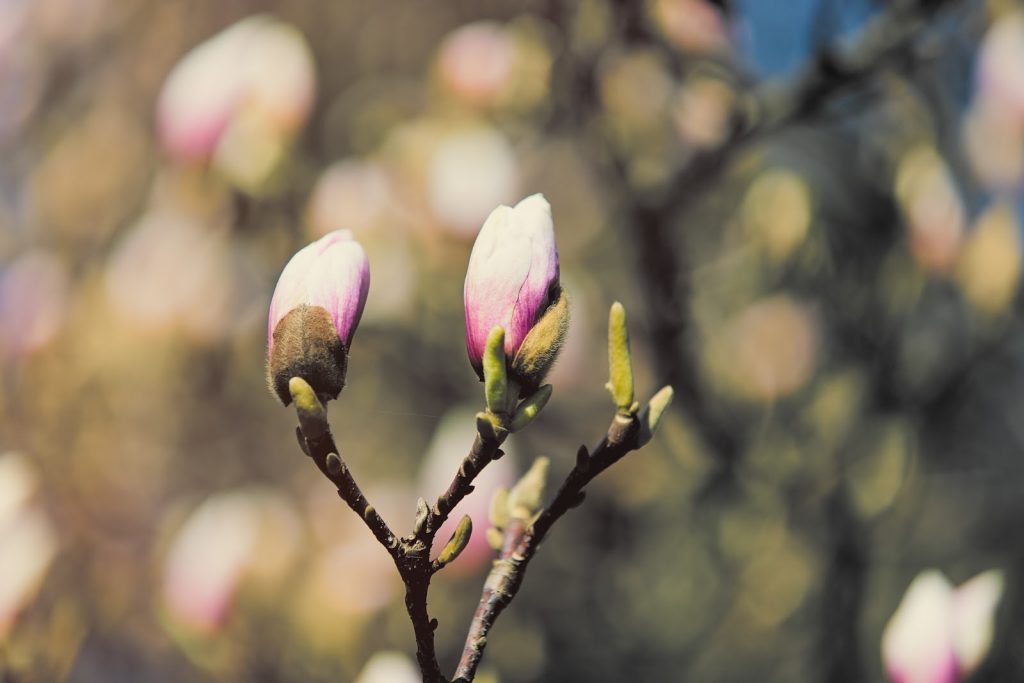
If you aren’t an experienced tree planter, don’t have the time to do it properly, or want to ensure it’s done right, it’s best to leave tree planting to the professionals.
Bonus tip: Hug your trees in the springtime

Although not an official tree care measure, tree hugging has been shown by one study to offer health benefits. This is especially true when physical contact isn’t possible, like it wasn’t during the pandemic.
Far-fetched research aside, a study by the Royal Horticultural Society demonstrated the health benefits of talking to plants.
If talking to plants can make them healthier, why can’t tree hugging? It’s worth a shot.
Residential Spring Tree Care in Alberta & Saskatchewan
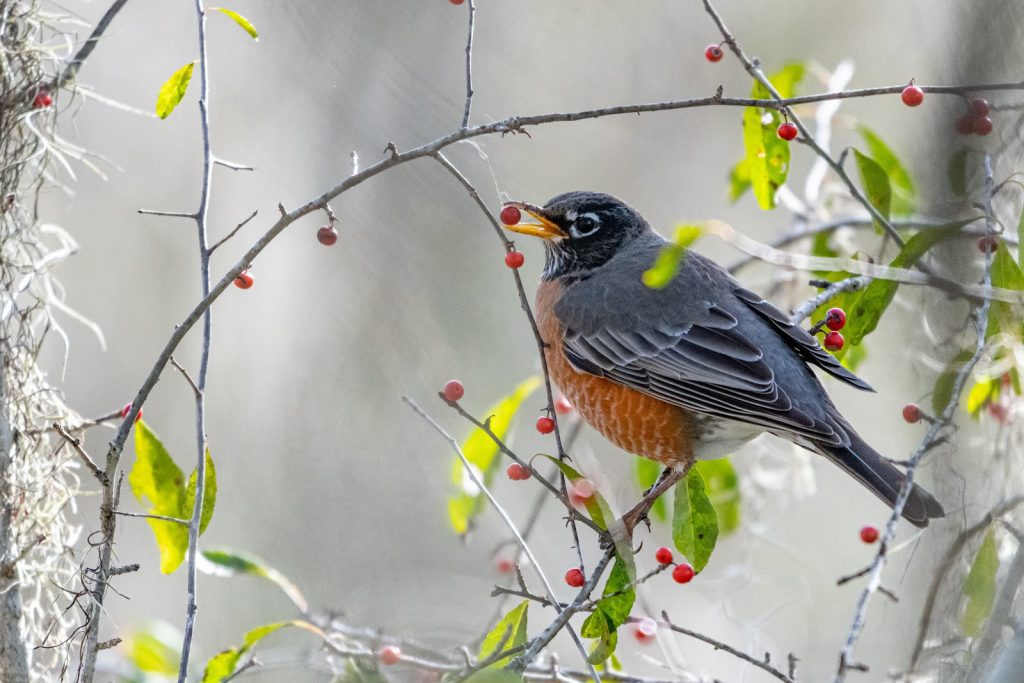
Now that you know how to coax your trees out of hibernation, you can prepare to tend to them.
If you need a professional arborist to handle your spring residential tree care, call Pevach. We offer tree inspections and assessments, pruning, mulching, cleaning, and planting services.
Trust our experts to handle your springtime tree care.
Contact Pevach today to schedule a spring tree assessment in Bonnyville, Meadow Lake, or other communities in the Lakeland region of Alberta and nearby Saskatchewan.
